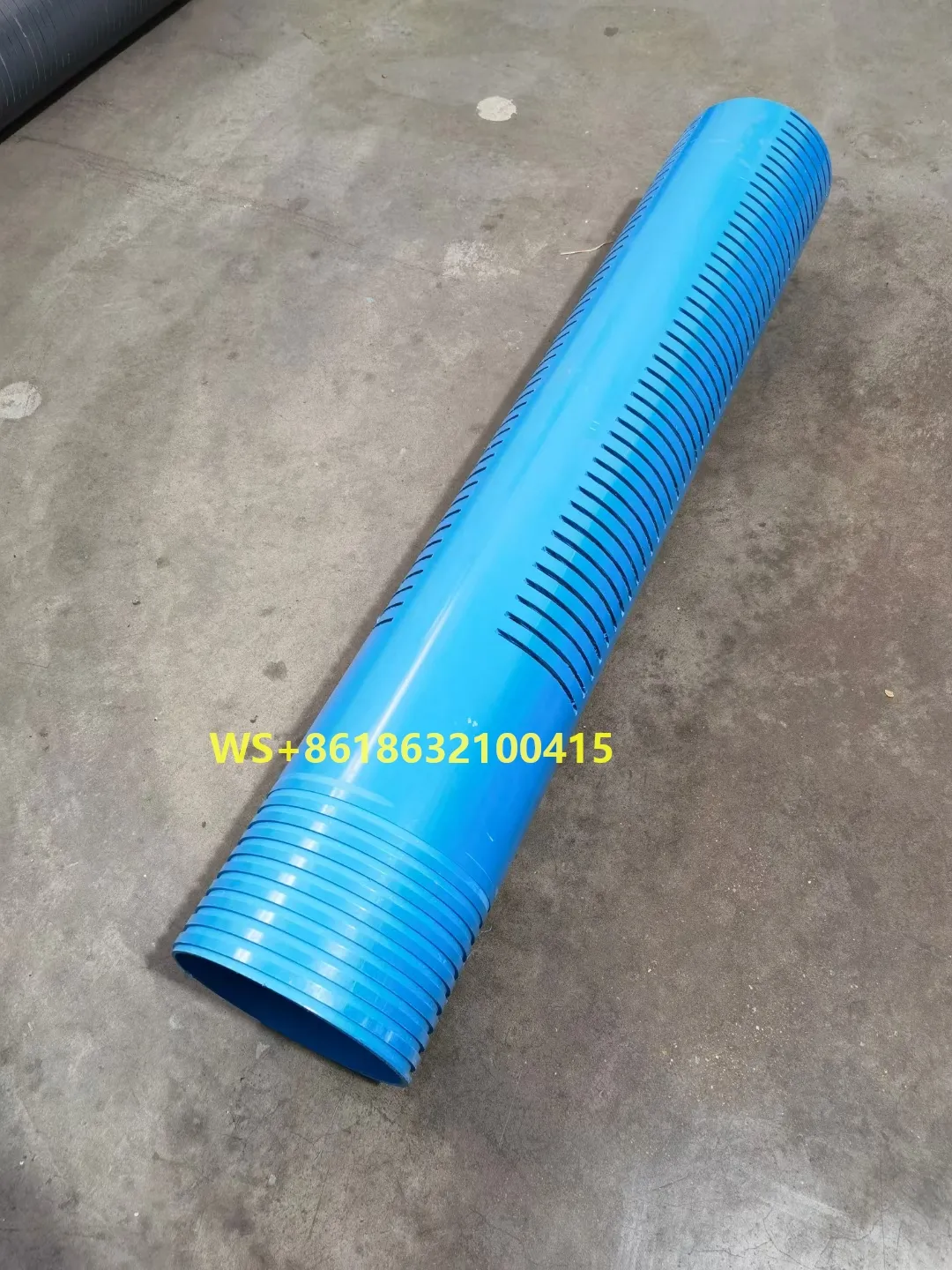Nov . 12, 2024 05:05 Back to list
china ppr pipe for hot and cold water
Understanding PPR Pipes for Hot and Cold Water Applications, Benefits, and Market Insights
In recent years, the demand for reliable and efficient piping systems has skyrocketed in various sectors, including residential, commercial, and industrial applications. One of the most prominent materials gaining traction is PPR (Polypropylene Random Copolymer) pipes, especially for conveying hot and cold water. Known for their durability, versatility, and cost-effectiveness, PPR pipes have become a favored choice among contractors and builders alike.
What are PPR Pipes?
PPR pipes are plastic pipes made from polypropylene, a type of thermoplastic polymer that is known for its high resistance to pressure and temperature changes. They are typically used in plumbing systems, heating systems, and as conduits for hot and cold water. The random copolymer structure of PPR provides a unique balance of strength and flexibility, making these pipes suitable for a wide range of applications.
Key Benefits of PPR Pipes
1. Temperature Resistance PPR pipes can withstand temperatures up to 95°C (203°F), making them ideal for hot water systems. Their thermal stability ensures a consistent flow of hot water without the risk of deformation or failure.
2. Corrosion Resistance Unlike metal pipes, PPR pipes do not corrode over time. This characteristic significantly extends their lifespan and reduces maintenance costs, particularly in water systems where minerals can often lead to scaling in traditional metallic pipes.
3. Lightweight and Easy Installation PPR pipes are significantly lighter than their metal counterparts, making transportation and installation easier and more cost-effective. They can be joined using a simple heat fusion method, which reduces the need for additional fittings and ensures a seamless connection.
4. Low Thermal Conductivity The thermal insulation properties of PPR pipes minimize heat loss in hot water pipes, helping to maintain the desired temperature and improve energy efficiency. This feature also helps in reducing energy bills over time.
china ppr pipe for hot and cold water

5. Environmental Impact PPR is a recyclable material, making it a more environmentally friendly option compared to conventional piping materials like PVC and metal. As sustainability becomes a more critical issue, choosing PPR pipes aligns with eco-conscious practices.
Applications of PPR Pipes
The versatility of PPR pipes allows for a wide range of applications
- Residential Plumbing PPR pipes are ideal for hot and cold water supply lines in residential buildings, ensuring safe and reliable water delivery. - Heating Systems Their ability to handle high temperatures makes PPR pipes suitable for underfloor heating systems, radiators, and central heating installations. - Industrial Use Many industries utilize PPR pipes for various applications, including transporting aggressive fluids, due to their chemical resistance. - Agricultural Systems In irrigation systems, PPR pipes offer durable and reliable solutions for water delivery, supporting agricultural productivity.
Market Trends and Insights
The global market for PPR pipes has witnessed significant growth, driven by increasing construction activities and the rising demand for water supply infrastructure. Many developing countries are investing heavily in their plumbing and water distribution networks, contributing to a surge in PPR pipe installations. Furthermore, the rising awareness of energy-efficient materials and sustainable practices is pushing industries toward adopting PPR solutions.
China, as one of the largest manufacturers and consumers of PPR pipes, has played a crucial role in shaping the global market. With advancements in technology and production techniques, Chinese companies are continuously improving the quality and variety of PPR pipes available, making them ever more attractive to international buyers.
Conclusion
PPR pipes stand out as a leading choice in the realm of piping solutions for hot and cold water systems, offering numerous advantages in terms of performance, durability, and environmental impact. Their growing popularity is a testament to the shift towards more efficient and sustainable construction practices. As markets evolve and the focus on sustainability continues, PPR pipes are likely to remain at the forefront of plumbing innovations, ensuring that they meet the diverse needs of both consumers and industries worldwide.
-
140mm PVC Drilling Pipe: Durable & Efficient Well Casings
NewsAug.09,2025
-
Flexible DN50 HDPE Pipes in Coils: Durable & Easy Install
NewsAug.08,2025
-
DN100 PVC Pipes for Well Casings | Durable & Corrosion-Proof
NewsAug.07,2025
-
Durable DN500 HDPE Double Wall Corrugated Drain Pipes
NewsAug.06,2025
-
32mm HDPE Pipes Coil: Durable & Flexible Water Supply
NewsAug.05,2025
-
DN100 PVC Well Casing Pipes | Durable Corrosion-Proof
NewsAug.04,2025

